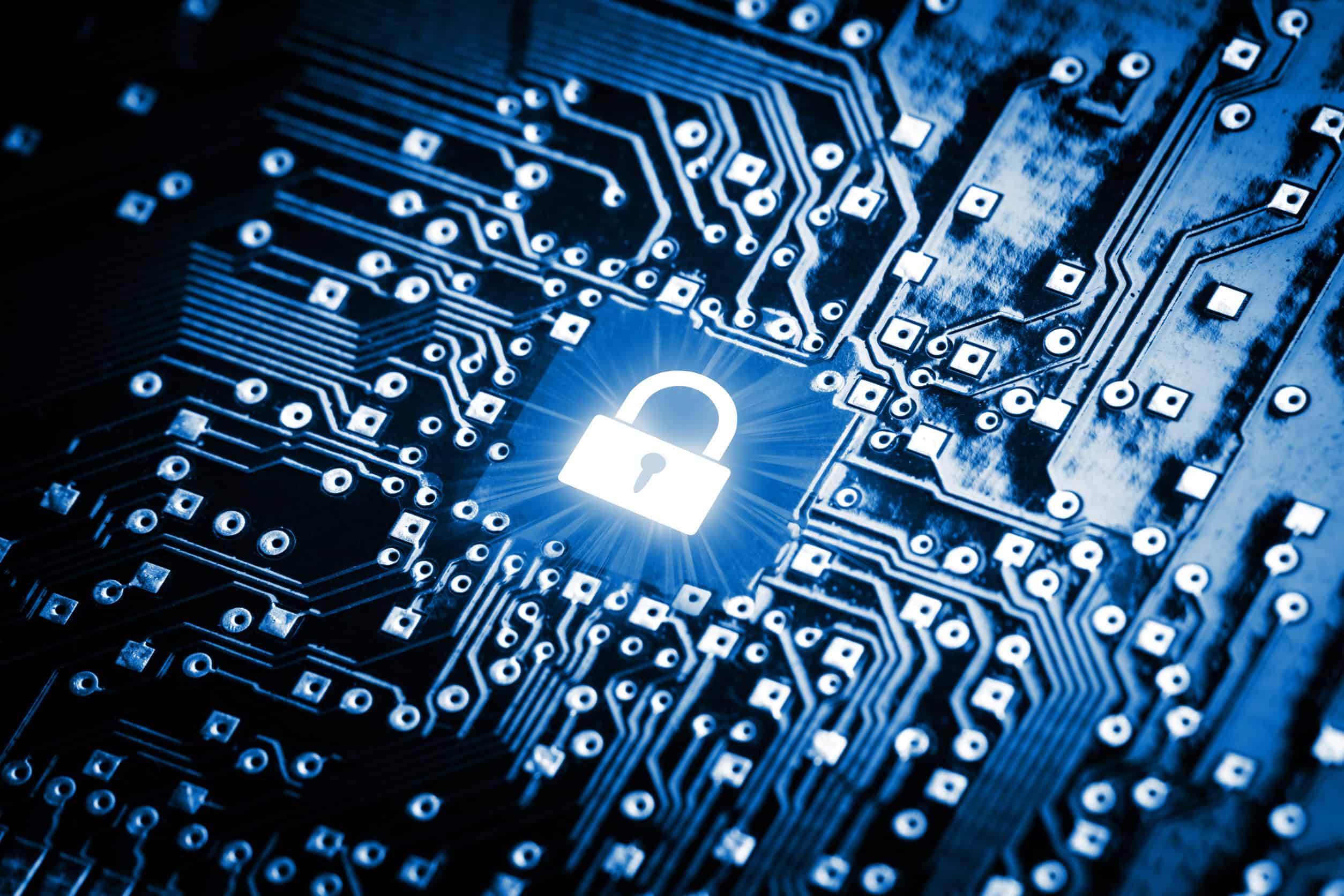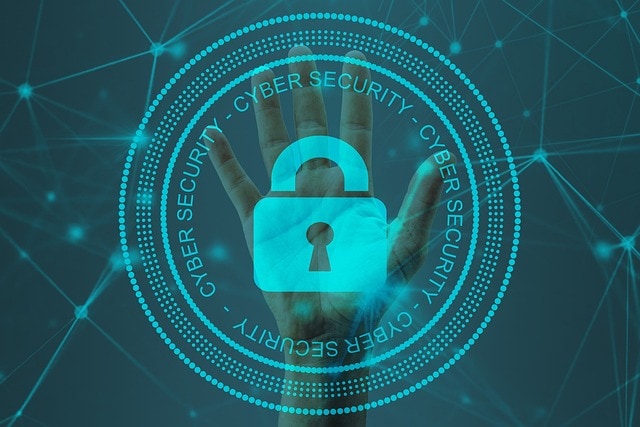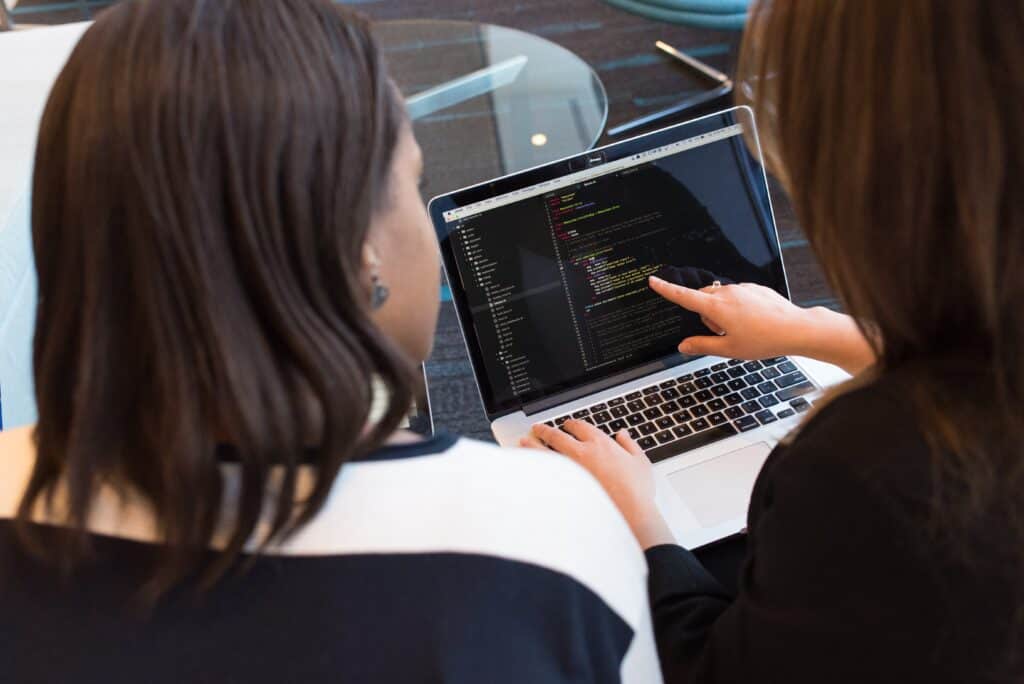- Multi-factor authentication (MFA) is a great cybersecurity tool for small and medium businesses (SMBs) because it minimizes risks, allowing sensitive data to be protected and reputational damage to be avoided.
- Businesses should start by assessing their current security framework, identifying critical systems, and choosing appropriate MFA solutions, such as app-based codes or biometrics.
- Effective MFA requires ongoing monitoring, enforcing strong policies, and combining it with other security measures like strong passwords and zero-trust models. Future-proofing efforts with adaptive authentication and updating strategies allow for long-term security while building customer trust through demonstrated commitment to data protection.
Cybersecurity threats are on the rise, and small to medium-sized businesses (SMBs) are often prime targets for hackers. One of the simplest and most effective ways to secure your business from unauthorized access is by implementing multi-factor authentication (MFA). MFA provides an added layer of security beyond a standard username and password so that only authorized individuals can access your business’s sensitive information.
What Is MFA and Why Does It Matter?
MFA requires users to verify their identity through at least two separate forms of authentication. These forms typically fall into three categories: something you know (like a password), something you have (like a smartphone or security token), and something you are (like a fingerprint or facial recognition).
For SMBs, the stakes are high. A data breach can result in financial loss, reputational damage, and legal liabilities. Hackers often exploit weak or stolen passwords, making MFA an extremely effective and easy-to-use defense mechanism to employ. It significantly reduces the risk of unauthorized access, even if a password is compromised.
Assess Your Current Security Framework
The first step in implementing MFA is evaluating your current security setup. Take stock of the systems, applications, and accounts your business uses daily. Identify which of these are critical for business operations and contain sensitive data, such as financial records, client information, or intellectual property.
Once you’ve mapped out your digital assets, determine which systems already support MFA. Many modern platforms, like Google Workspace, Microsoft 365, and major cloud services, offer built-in MFA options. If your systems lack this feature, consider upgrading to platforms or software that provide MFA capabilities.
Choose the Right MFA Solution for Your Business
The next step is selecting the MFA method that best suits your business needs. Not all MFA solutions are created equal, and SMBs should consider factors like ease of use, cost, and compatibility with existing systems.
For many businesses, smartphone-based MFA apps like Google Authenticator, Microsoft Authenticator, or Duo Mobile are practical options. These apps generate unique time-sensitive codes that employees must enter alongside their passwords. For additional security, you might opt for hardware tokens or biometric authentication like facial recognition.
Cloud-based MFA solutions are another popular choice, especially for SMBs relying on cloud services. Providers like Okta or Ping Identity offer seamless integration with a wide range of platforms, making it easier to manage MFA across your business.
Develop a Step-By-Step Rollout Plan
Implementing MFA across your organization requires careful planning to minimize disruptions and ensure a smooth transition. Start by creating a detailed rollout plan that outlines the timeline, responsibilities, and communication strategy.
Begin by piloting MFA with a small group of employees, such as your IT team or department heads. This allows you to test the process, gather feedback, and address any technical issues before expanding to the rest of your team. After a successful pilot phase, gradually roll out MFA to the entire business, prioritizing high-risk accounts like email and financial software first.
During the rollout, make sure your employees receive clear instructions on how to set up and use MFA. Provide user-friendly guides or host training sessions to walk them through the process. Encourage employees to ask questions and address any concerns they may have about the new security measures.
Communicate the Importance of MFA to Your Team
For MFA to be effective, your employees need to understand why it’s being implemented and how it protects the business. Take the time to educate your team about cybersecurity risks and the role MFA plays in mitigating them. Emphasize that MFA is not meant to make their work harder but to safeguard the company’s data and their personal information.
A good way to frame the conversation is by highlighting real-world examples of data breaches and how MFA could have prevented them. This helps employees grasp the stakes and recognize the value of the added security layer.
Enforce Strong MFA Policies
Once MFA is implemented, establish policies that enforce its usage across the organization. Make MFA mandatory for accessing critical systems and sensitive information, and regularly audit compliance to make sure all employees are following the protocol.
Additionally, encourage your team to enable MFA on personal accounts they use for work, such as email or cloud storage. While MFA is a thorough security measure, it’s most effective when combined with other cybersecurity practices like strong passwords and regular updates.
Monitor and Maintain Your MFA System
Implementing MFA is not a one-time task; it requires ongoing monitoring and maintenance to remain effective. Regularly review your MFA setup to check that it’s functioning correctly and addressing potential vulnerabilities. Stay updated on new developments in MFA technology as hackers continually evolve their tactics.
It’s also important to provide continuous support for your employees. Check that they know whom to contact if they experience issues with MFA, such as lost devices or trouble accessing their accounts. Addressing these concerns promptly helps maintain employee trust and compliance.
Combine MFA with Other Security Measures
While MFA is a powerful tool, it’s not a standalone solution. Strengthen your cybersecurity strategy by combining MFA with other best practices. Use strong, unique passwords for each account, regularly update your software and systems, and back up your data to prevent loss in the event of an attack.
Consider adopting a zero-trust security model, which assumes that every access attempt is a potential threat. Under this model, MFA serves as a critical checkpoint in verifying user identity at every stage.
Future-Proof Your Business Security
As your business grows, so will its security needs. By implementing MFA now, you’re laying a strong foundation for future cybersecurity measures. Stay proactive by periodically revisiting your security strategy and updating your MFA implementation as needed. New technologies like adaptive authentication, which uses AI to assess risks at the moment they appear, could further enhance your business’s protection.
Build Customer Trust with Strong Security
Implementing MFA not only protects your internal systems but also boosts trust among your customers and clients. When data breaches make headlines, businesses that prioritize security stand out for all the right reasons. Customers are more likely to engage with companies that demonstrate a commitment to safeguarding sensitive information.
By adopting MFA, you signal to your clients that their data is handled with the utmost care. For businesses that handle financial transactions, personal information, or proprietary data, this assurance can be a key differentiator.
Interested in implementing cybersecurity measures into your business, like MFA? Our team at CMIT Solutions of Northern Shenandoah Valley can help! Contact us to learn more about our IT and cybersecurity solutions today!





